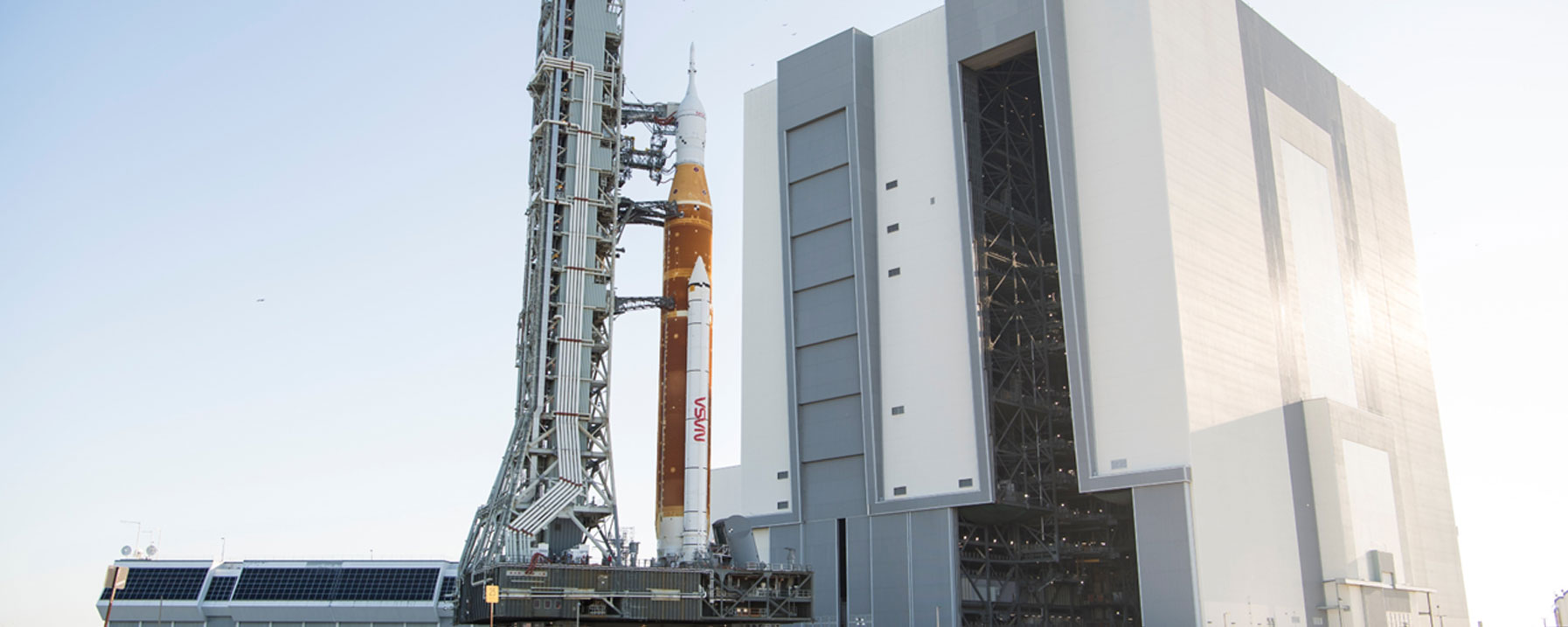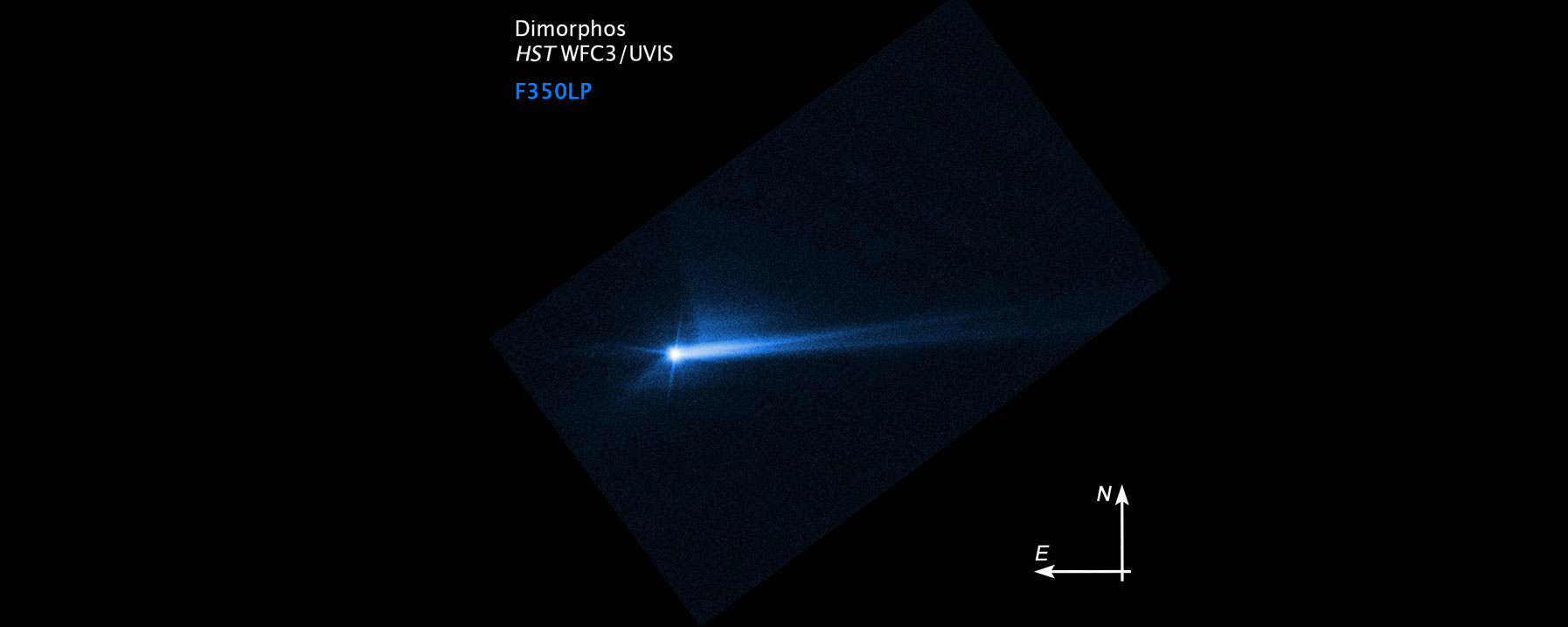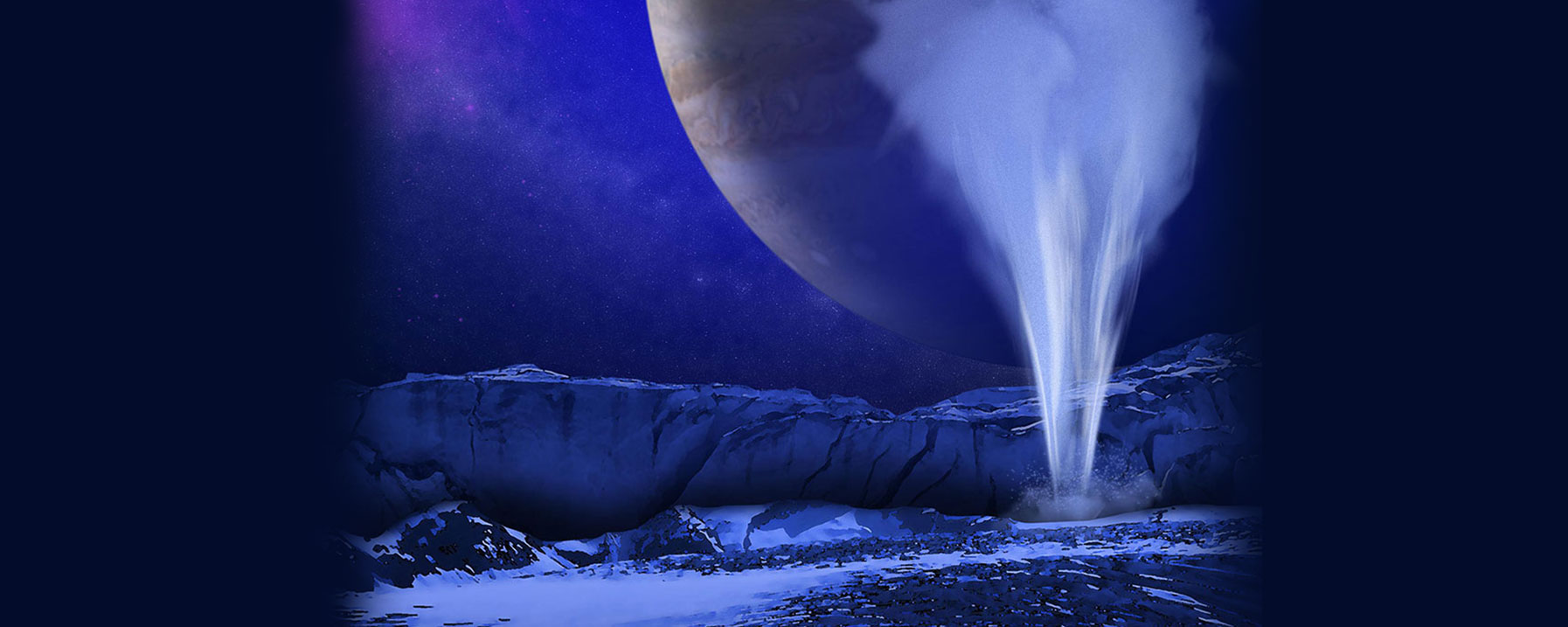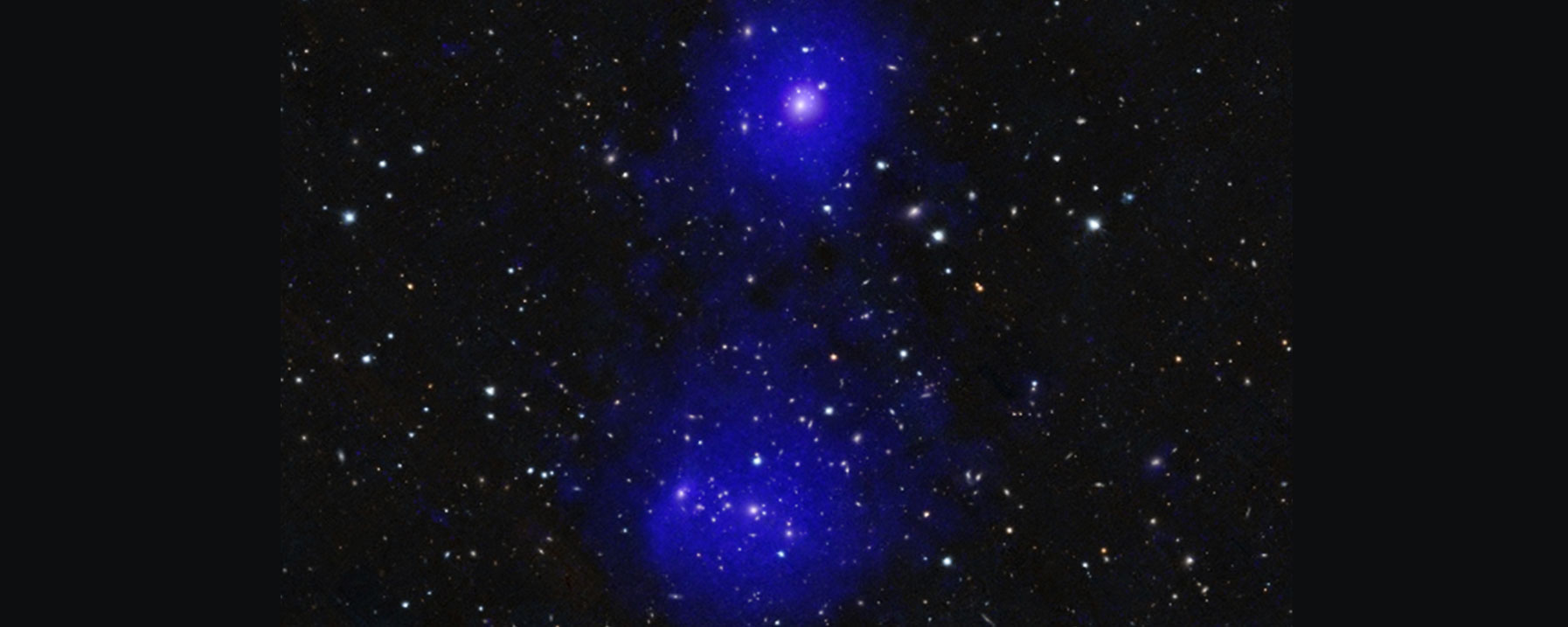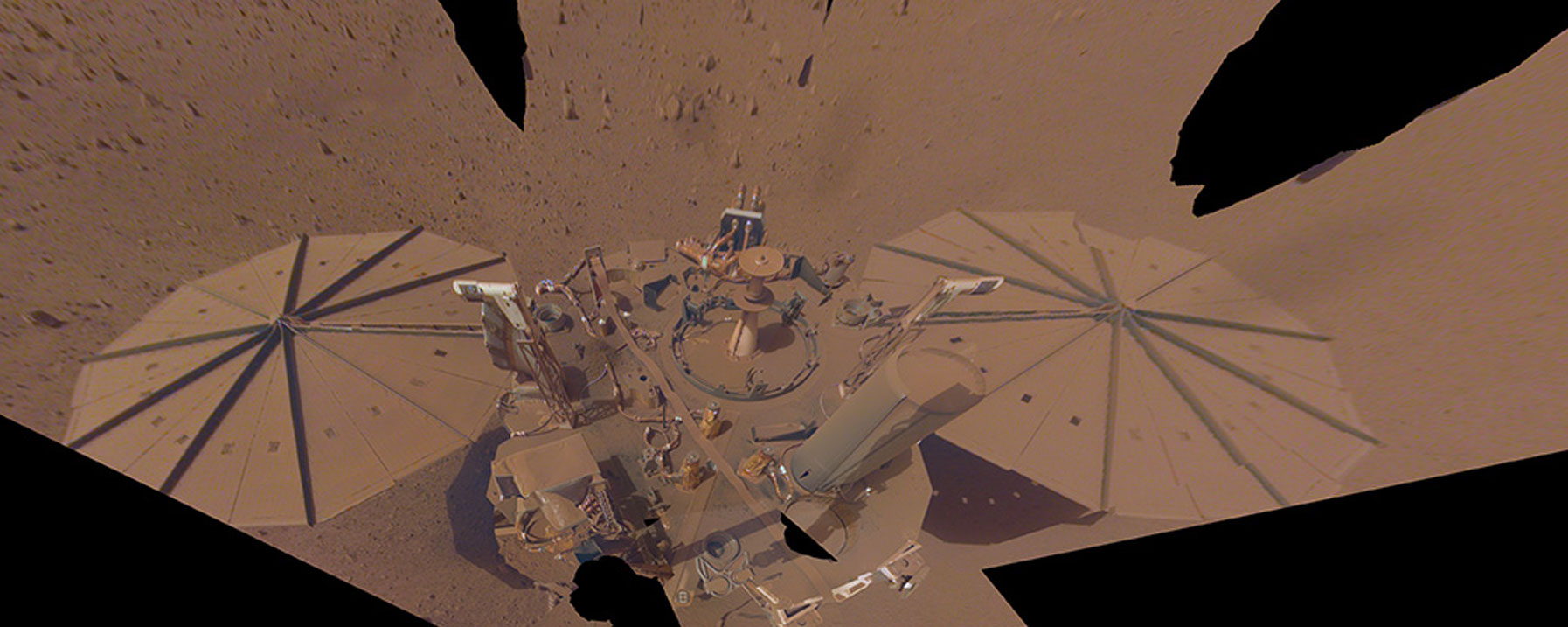Week of October 10 – October 14, 2022
NASA Sets Date for Next Launch Attempt for Artemis I Moon Mission
NASA is targeting the next launch attempt of the Artemis I mission for Monday, Nov. 14, with liftoff of the Space Launch System (SLS) rocket carrying the Orion spacecraft planned during a 69-minute launch window that opens at 11:07 p.m. CST. Artemis I is an uncrewed flight test to launch SLS and send Orion around the Moon and back to Earth to thoroughly test its system before flights with astronauts.
NASA Confirms DART Mission Impact Changed Asteroid’s Motion in Space
Analysis of data obtained over the past two weeks by NASA’s Double Asteroid Redirection Test (DART) investigation team shows the spacecraft’s kinetic impact with its target asteroid, Dimorphos, successfully altered the asteroid’s orbit. This marks humanity’s first time purposely changing the motion of a celestial object and the first full-scale demonstration of asteroid deflection technology.
NASA Study Suggests Shallow Lakes in Europa’s Icy Crust Could Erupt
In the search for life beyond Earth, subsurface bodies of water in the outer solar system are some of the most important targets. That’s why NASA is sending the Europa Clipper spacecraft to Jupiter’s moon Europa: There is strong evidence that under a thick crust of ice, the moon harbors a global ocean that could potentially be habitable.
NASA’s Chandra Finds Galaxy Cluster Collision on a ‘WHIM’
Astronomers taking inventory of the material in the local universe keep coming up short. A new result from NASA’s Chandra X-ray Observatory about a system of colliding galaxy clusters may help explain this shortfall.
NASA’s InSight Waits Out Dust Storm
NASA’s InSight mission, which is expected to end in the near future, saw a recent drop in power generated by its solar panels as a continent-size dust storm swirls over Mars’ southern hemisphere. First observed on Sept. 21, 2022, by NASA’s Mars Reconnaissance Orbiter, the storm is roughly 2,175 miles from InSight and initially had little impact on the lander.
For more information or to learn about other happenings at NASA’s Marshall Space Flight Center, visit NASA Marshall. For past issues of the ICYMI newsletter, click here.




























